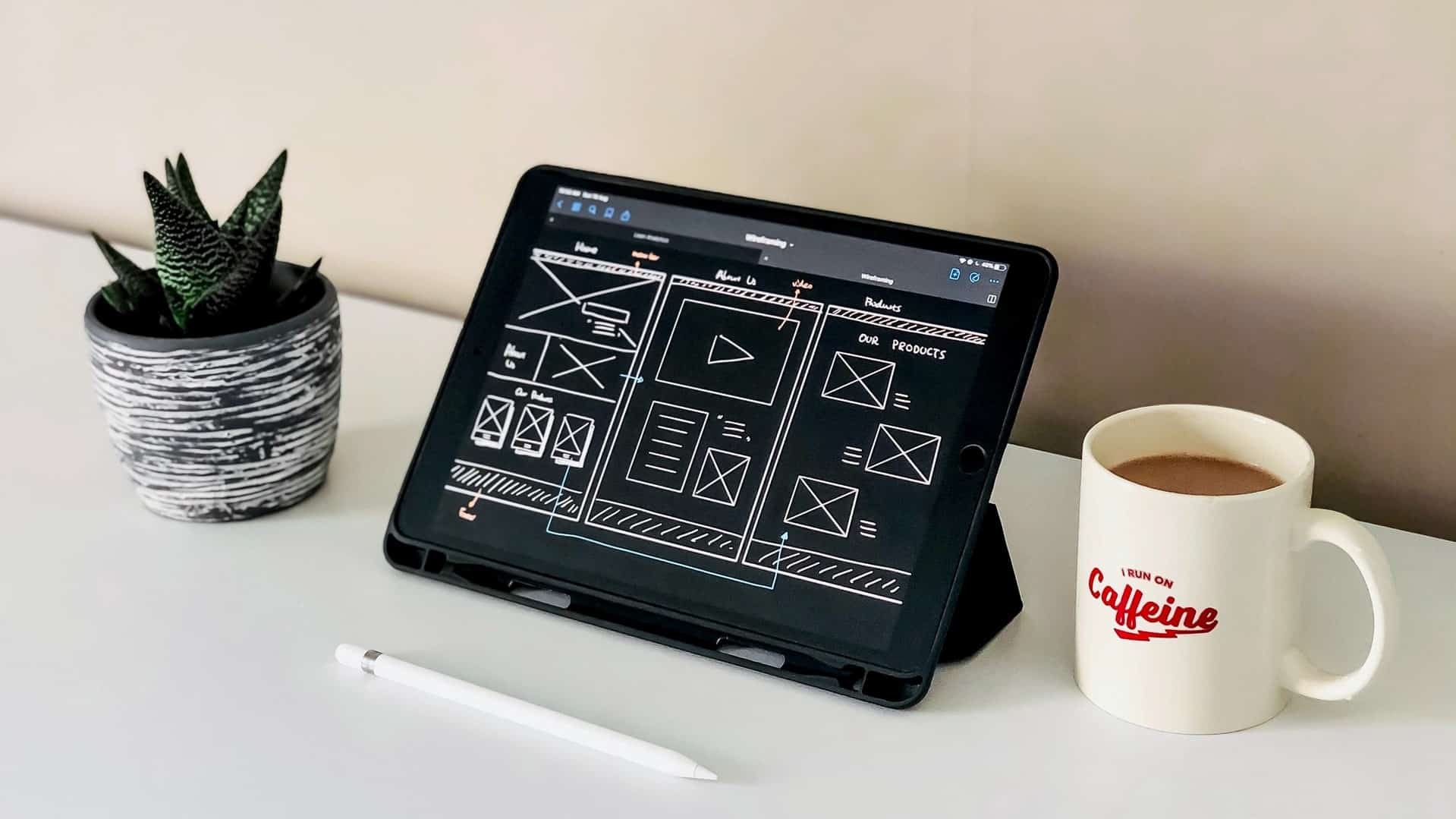Moving companies that wish to attract customers online, need to have a thought-out SEO strategy. Google recognizes link building as an important part of SEO, and it will promote websites with a strong link network. However, for Google’s algorithm to place your website in a high rank when delivering search results, it’s not enough to just have internal links on your site. The links also need to be thought out and carefully placed. Let’s take a look at how to optimize your internal linking strategy and how to get more out of the pages on your website.
The importance of internal links
Before we dive into how to optimize your internal linking strategy, let’s first explain the benefits of internal links. This will let you have a better idea of what you are optimizing for and what you are trying to achieve. Most people find moving companies through online searches. Having an optimized website with a clear linking strategy can help your site stand out. Invest in digital marketing for your moving business and generate more leads which you can later turn into customers. Here is how internal links help your website:
- Help users navigate your site. Your website visitors will have an easier time finding the content they are looking for if you interlink pages with similar topics.
- Aids in website design. If you want to link pages together, you will need to have a plan. Try drawing your website on paper and making connections to represent internal links.
- Delegates authority to pages. Internal links make it easy for Google to crawl your pages, and they also improve user engagement. You can use Google’s Link Report feature from the Search console to see your top linked pages. Optimize your linking hierarchy to improve SEO for your site.
5 ways to optimize your internal linking strategy

#1: Create content for more internal linking opportunities
If you boil it down to the basics, internal linking requires two things in order to function: something to link to and a place to input the links. Both of these hurdles can be overcome by creating content for your website. If your content is related to moving and is actually informative, you can use it to generate moving leads.
When your website is rich with quality content and well-written articles, you will have an abundance of pages to place your important links. Newly created content also helps you generate interest for your older pages. You can always reference previous content and link to articles you have already written.
#2: Don’t neglect backlinks
It’s easy to get so caught up in linking to your own pages that you forget about backlinks. Make it a priority to focus some of your energy on building backlinks, which are links from external websites to your own site. Unfortunately, not just any backlinks will do. Google looks at where these external links are coming from, and the authority of the originating site. This helps search engines determine the quality of the backlink.

In other words, you shouldn’t just set up a bunch of random backlinks which are unrelated to moving. Develop backlinks from other sites which offer services that are related to moving. Search engines realize the importance of backlinks for movers, and they will reward you by increasing the authority of your site. Monitor and curate the backlinks that lead to your site, to improve your SEO.
#3: Use natural anchors
The anchor text is the part of the article which holds the hyperlink to a page on your site. When you are trying to optimize your linking strategy it can be tempting to take things too far. However, if you hyper-optimize your internal links, Google can devalue your SEO efforts, making them pointless and a waste of resources.
Make sure to avoid having the anchor exactly match the link you are placing. Just write naturally and use normal sentences which include the internal link in an appropriate part of the text. For example, if you want to improve SEO for movers, we recommend the use of natural-sounding anchors. Just mention what your company does and link to one of your services in the sentence where you mention it.
#4: Use only relevant links in your linking strategy

Creating content and building new pages for your website is hard and time-consuming. But that’s still the best way of naturally placing links. Putting links on pages where they don’t organically belong, or just linking out of context is a mistake you should avoid. This will just confuse your users, and once Google realizes you are putting links on pages without any context you will suffer a drop in your SEO as well.
Use links where they make sense, and title them appropriately. Make your internal links obvious so users can know what to expect if they click on a link. Matching user expectations by using relevant links is a great way to improve engagement on your website.
#5: Don’t include too many internal links
Refrain from putting too many links on any one page of your website. Unfortunately, there is no exact number that you need to hit. Depending on the length of your article, perhaps 3 to 5 links per 1000 words of text. Again, try to make your text readable for the user. Put as many links as you feel are necessary for the article.
However, you should only try to include the links that will help your website visitors find important content and navigate your pages more easily. You should also pay attention to the number of links in your footer, as well as the navigation bar of your website. Putting too many links in those places can come across as spammy for search engines.
The bottom line
As you can see, whenever you are in doubt about how to optimize your internal linking strategy, just think about what makes sense to your users. Place internal links in logical ways so that they benefit your website and anyone who is using it. Most attempts to hyper optimize or to trick the search engines will actually produce the opposite effect and will result in a negative SEO penalty.






